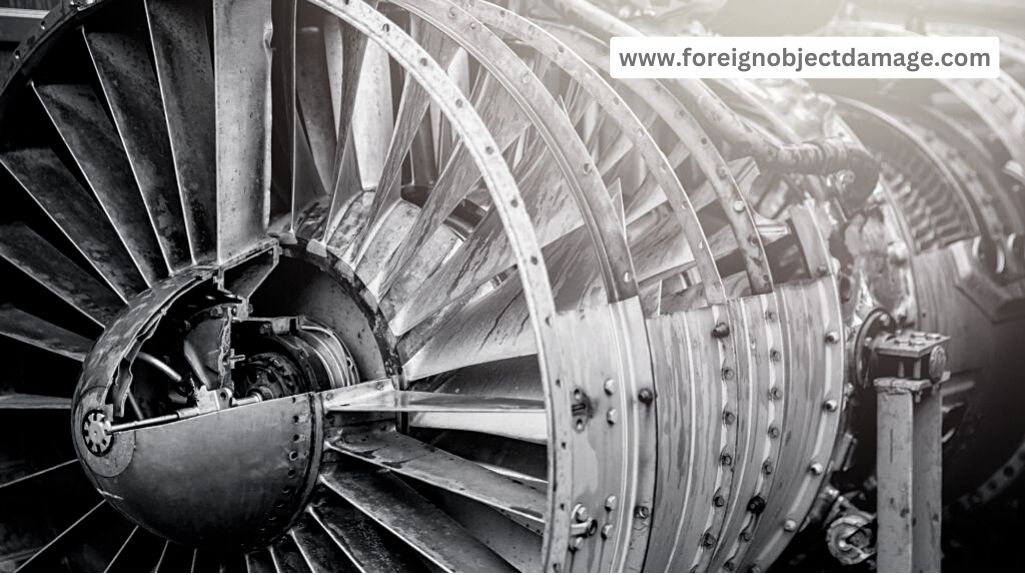
Aerospace and aviation are two industries that depend on equipment running smoothly. Any malfunction can have serious consequences for the aircraft and the people on board.
Foreign object damage (FOD) is a very common type of malfunction, and it can be caused by anything from runway debris to birds. FOD can damage engines, propellers, helicopter rotors, and other critical equipment.
The best way to prevent FOD is to keep track of all the aircraft and equipment in your area. You can use sensors to detect objects that are too large or too small, and you can also use radar to track the movement of objects.
If you suspect something is causing FOD, you should report it to your supervisor. It would be best if you also tried to find a solution to the problem before it becomes serious.
Here are the tips on how the damages can be prevented.
Prevention Methods of Foreign Object Damage
Foreign Object Damage, or FOD, is a serious problem in the aerospace and aviation industry. It can lead to expensive repairs and even fatal accidents.
Prevention is the key to avoid FOD. Here are some tips to help you avoid FOD in the first place:
1. Follow the safety guidelines
Always follow the safety guidelines when working with aircraft. These guidelines include following the aircraft manufacturer’s instructions, wearing the proper safety equipment, and keeping the area clean.
2. Equip your workers with the proper safety gear
Equip your workers with the proper safety gear, including eye protection, gloves, and a face shield. Ensure that the gear is in good condition and that your workers know how to use it.
3. Keep the area clean
Keep the area clean. Make sure that all tools and equipment are placed where they will not cause damage to the aircraft.
4. Avoid contact with the aircraft
Avoid contact with the aircraft. If you contact the aircraft, wear the proper safety gear and contact the aircraft manufacturer for instructions.
5. Follow the aircraft manufacturer’s instructions
Follow the aircraft manufacturer’s instructions. If you are not sure how to do something, ask the manufacturer.
6. Prepare for emergencies
Always be prepared for emergencies. Have a plan for how you will deal with an emergency.
7. Stay safe
Keep yourself and your workers safe. Follow the safety guidelines, wear the proper safety gear, and be prepared for emergencies.
Damage Assessment of Objects
Damage assessment is a critical part of aerospace and aviation. Every time an aircraft takes off or lands, there is a risk of damage to the aircraft and its passengers.
Inspecting an aircraft for foreign object damage is a standard procedure that helps reduce the risk of accidents.
Damage assessment identifies the nature, extent, and cause of damage to an object. The purpose of damage assessment is to provide information that will help in the decision-making process regarding the safe operation of the aircraft.
Various factors, including weather conditions, mechanical failure, and human error, can cause damage. Damage assessment is used to identify and assess the risk of potential accidents.
Damage assessment is an important part of the aviation safety system. Damage assessment helps to prevent accidents and protect the safety of passengers and crew.
Conclusion
We have covered the foreign damage object & how it can be prevented. We hope this website helps you to be aware of the damages. If you have any questions, don’t forget to reach out to us, we would love to hear from you.
